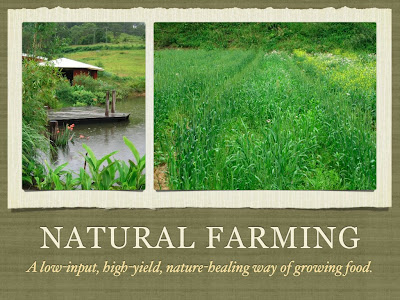Monday, March 23, 2009
 (Illustration by Cecilia Macaulay)
(Illustration by Cecilia Macaulay)One of the major costs in conventional farming is the continuous manual or mechanical work required. In sustainable farming practices any unnecessary activity is consciously designed out. We've already seen how the functions of tilling and pest control are achieved by employing natural services, and how features of the land are employed to minimize labour and energy requirements.
In permaculture design, the zone system is used to minimize the effort required in managing and harvesting the farm.
On a sustainable farm with a lot of different plants and animals, some need more frequent attention and harvesting than others. These should be placed closer to the home to make it easier to visit them. Zones are a way of guiding this layout scheme:
| Zone | Purpose | Need for Activity |
| 0 | Home | |
| 1 | Leafy vegetables, herbs, strawberries, plant nursery, work area | Multiple times a day |
| 2 | Smaller fruit trees, fruit vegetables, beehives, chickens, compost bin | Once a day |
| 3 | Main crop for domestic consumption and sale, food forest | Once a week |
| 4 | Semi-wild foraging zone with large trees, mushrooms, firewood, grazing animals | Once a week |
| 5 | Protected natural area/wilderness for observation and learning only | Never |
Labels: basics, efficiency, permaculture
Subscribe to:
Post Comments (Atom)


0 comments:
Post a Comment